As the Thoroughbred developed as a breed, fewer crosses were made to imported horses. By the mid-1700s, most breeding was Thoroughbred to Thoroughbred, although many of these horses, such as the famous Flying Childers, were genetically mostly or entirely Arabian blood, being the British-born descendants of imported stock.
The modern Thoroughbred has been described as about 70 per cent or more Arabian by actual blood, with the rest (30 per cent or less) from the native British horses such as mixed breed racehorses, war horses, Galloways and Hobbies. But if early pedigrees are anything close to accurate, the percentage of English blood must be much lower.
For example, The Crab Mare (probably born about 1750) was by Crab x the Partner Mare. Grandparents were Alcocks Arabian, Sister To Soreheels, Crofts Partner and Thwaites Dun Mare, so the Crab Mare was at least one-quarter Arabian. The great-grandparents are Basto, Sister One To Mixbury, Jigg, Sister One To Mixbury again, Akaster Turk and a mare from Family Number Thirty-Eight. That adds one-eighth Turk to the quarter-Arabian. In the next generation, one sees the Byerly Turk twice and Curwen Bay Barb twice, adding another one-eighth dose of Eastern blood. By the time the next two generations are included, The Crab Mare is now 25/32nds Eastern (a mix of Arabian, Turk and Barb), without including the mare from “Family Number 38”.
The next generation back adds still more Eastern blood: Young Bald Peg 100 per cent, Spanker 100 per cent and Curwens Old Spot, by the Selaby Turk out of an unknown mare, thus at least 50 per cent. Overall, a good estimate is that The Crab Mare is not simply part Arabian/Barb/Turk, but at least 30/32nds Eastern, 31/32nds if the Family Thirty-Eight was also pure Eastern! That means that this particular mare was very close to 100 per cent “Arabian” by blood, and maybe even had no English blood whatsoever.
The important thing to note is that her pedigree is very typical of the Thoroughbreds of her time. Analysis of other eighteenth- and nineteenth-century Thoroughbreds would show similar results, possibly a little less Arabian in some, but still a very large percentage. And that percentage must be the same today, since no outside blood has been added to the breed in about 200 years.
The Crab Mare was the great-granddam of the famous Pot-8-Os (registered as Potoooooooo) whose line continues to the present day through his son Waxy, grandson Whalebone and down all the way in an unbroken direct male line to stallions like Dynaformer, Rahy, Alphabet Soup, Macho Uno, Giacomo, and all of the tail-male descendants of Northern Dancer, Mr. Prospector and others.


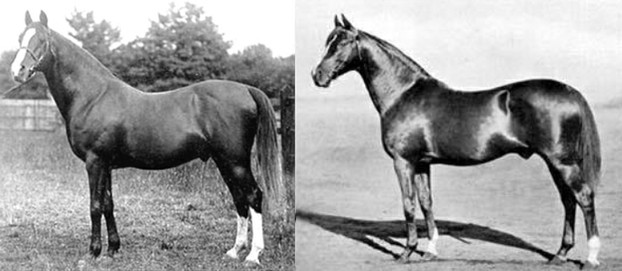
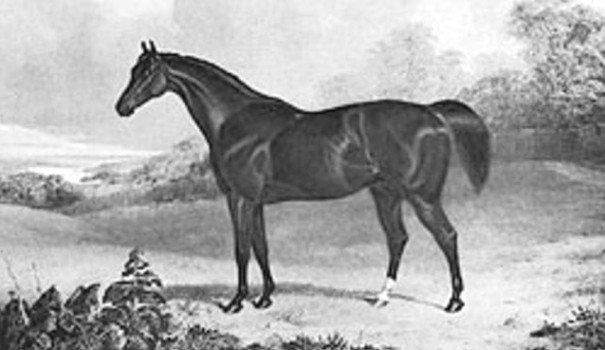
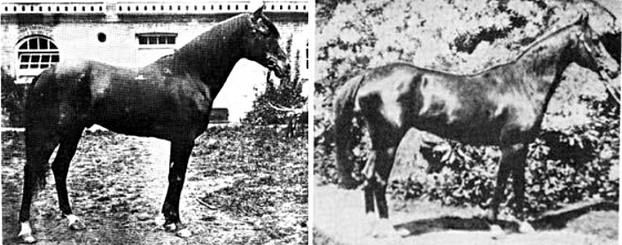








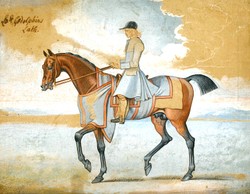

 Versatile Nova Scotia Duck Tolling Retrieverson 08/02/2014
Versatile Nova Scotia Duck Tolling Retrieverson 08/02/2014
 Should You Spay or Neuter Your Puppy?on 08/12/2014
Should You Spay or Neuter Your Puppy?on 08/12/2014
 Horse Racing History: the Preakness Stakeson 05/15/2014
Horse Racing History: the Preakness Stakeson 05/15/2014
 Dinosaurs Will Be On Display in Trenton, Ontario, Canadaon 07/29/2013
Dinosaurs Will Be On Display in Trenton, Ontario, Canadaon 07/29/2013

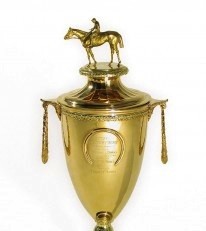
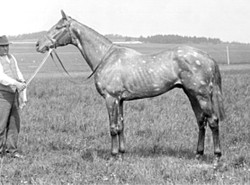
Comments